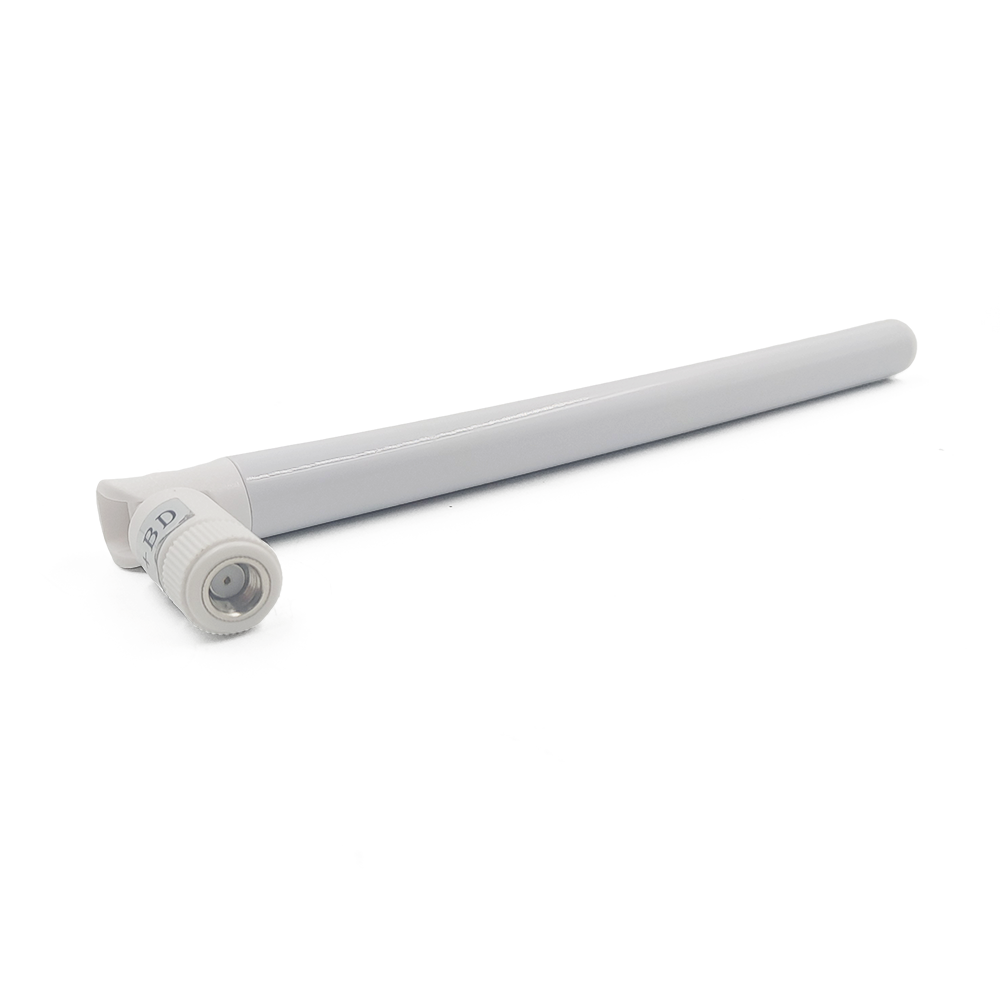The material used in fiberglass antennas, particularly the ABS (Acrylonitrile Butadiene Styrene) employed in the TOXU GPS/GNSS antenna, plays a crucial role in determining their performance, durability, and suitability for various applications. ABS is a thermoplastic polymer known for its unique combination of properties that make it an ideal choice for antenna construction.
One of the primary characteristics of ABS is its balanced mechanical strength. It offers a good mix of rigidity and impact resistance, which is essential for protecting the internal components of the antenna from physical damage. This strength ensures that the antenna can withstand accidental drops, vibrations, and other mechanical stresses commonly encountered in outdoor or industrial environments. Unlike some other materials that may be brittle or prone to cracking under pressure, ABS maintains its structural integrity, providing long-lasting protection for the sensitive electronics inside the antenna.

In addition to its mechanical properties, ABS exhibits excellent resistance to environmental factors. It is highly resistant to moisture, which prevents water from seeping into the antenna and causing damage to the internal circuitry. This is particularly important for outdoor antennas that are exposed to rain, snow, or high humidity levels. ABS also has good resistance to UV radiation, which helps prevent degradation and discoloration when the antenna is exposed to sunlight over extended periods. This UV resistance ensures that the antenna retains its appearance and performance even after years of outdoor use.
Another key advantage of ABS is its versatility in manufacturing. It can be easily molded into complex shapes with high precision, allowing for the production of antennas with specific designs optimized for signal reception. The TOXU antenna’s compact size of 203.1131.13mm is a testament to the material’s ability to be shaped into sleek, space-efficient forms without sacrificing performance. Additionally, ABS can be colored or coated to meet specific aesthetic or functional requirements, providing flexibility in design for different applications.
ABS also contributes to the antenna’s electrical performance. While it is not a conductive material itself, its low dielectric constant ensures that it does not interfere with the antenna’s signal transmission and reception. This is crucial for maintaining the antenna’s efficiency, as any interference from the housing material could degrade signal quality. The material’s stability across a wide temperature range (-20°C to +60°C) further ensures that the antenna’s electrical properties remain consistent, even in extreme thermal conditions.
Overall, the use of ABS in fiberglass antennas strikes a perfect balance between mechanical durability, environmental resistance, manufacturing flexibility, and electrical compatibility, making it an excellent choice for GPS/GNSS antennas designed for reliable performance in diverse and challenging environments.




































































 Language
Language
 En
En Cn
Cn Korean
Korean

 Home >
Home > 













